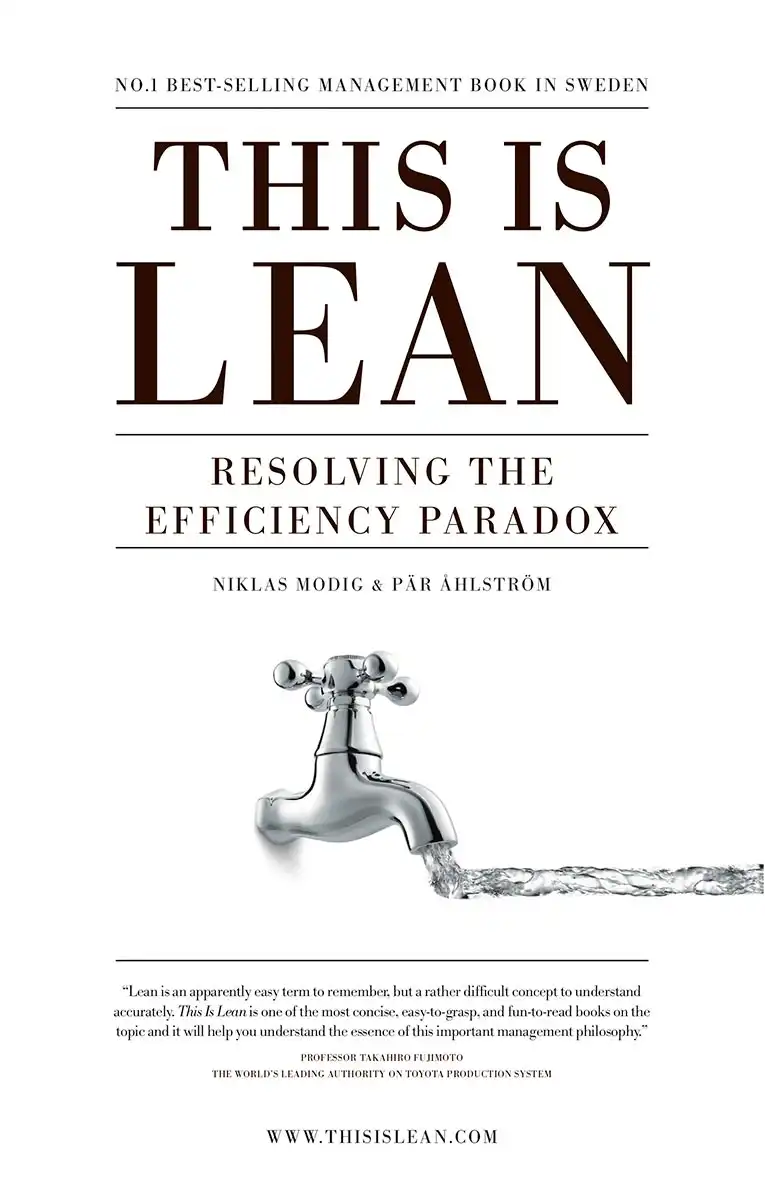Tuesday, November 11, 2025 • 5 min read
Standardization: Vice or Virtue?


Why some organizations are obsessed with standards
As an organization grows, it tries to rationalize its tools. Because as tools multiply, complexity increases, skills dilute, and errors multiply. Standardization then helps regain some control and simplify ways of working.
The dark side of standardization
The problem with standardization is that it doesn't always solve real problems — for three main reasons.
1. A standard is defined by a department (IT, security, HR…) or by a business line (a product or service line, a specialty, an area of expertise…) according to its own perspective. Each silo optimizes for itself without measuring the impact of its decisions on other teams. This reinforces a local logic — so local that it becomes disconnected from the field and unable to perceive the real impact on customers or beneficiaries.
2. Teams lose autonomy: they follow a rule rather than their own thinking and judgment. As a result, they lose the ability to adapt to new needs or changes in existing ones.
3. Since the introduction of new tools is "forbidden" by the standards, the ability to experiment disappears and learning diminishes. We continue to do what we've always done. Solutions gradually become unsuitable or obsolete. They end up missing their target or dying out for lack of users.
Standardization does not only have negative aspects. But when pushed to dogma, it reinforces them. Even without going that far, standardization applied to the wrong priorities leads to the same pitfalls. When better targeted, it becomes a powerful tool for continuous improvement.
Standardization as a performance lever
Standardization is a countermeasure to variation. And variation is one of the main obstacles to performance.
- There is variation in customer needs: like the weather, we must deal with it and adapt as best we can.
- There is variation in company resources: absences, breakdowns, differences in practices, differences in tools, differences in processes, or lack of process. This is mainly the variation the organization can act upon.
In two previous articles, I described two distinct measures of performance:
- resource efficiency, which seeks to reduce costs: When Too Much Efficiency Kills Efficiency
- flow efficiency, which maximizes value creation for the customer: How to Overcome the Efficiency Paradox?
The efficiency matrix describes an organization's position relative to these two criteria.

Depending on its strategy, a company will place itself differently in this matrix.
Company A prioritizes resource efficiency. Its strategy is probably based on cost competitiveness. Company B prioritizes flow efficiency and customer experience. Its strategy is rather based on strong differentiation.In either case, these companies can adopt a continuous improvement approach to improve their performance. In doing so, they move within the matrix. Ultimately, they could then reach the point representing 100% on both axes — the ideal state. But this state is a theoretical ideal, impossible to achieve.
The efficiency frontier
The efficiency frontier defines the states accessible to an organization within the matrix. Only points to the left or below this frontier are achievable. What prevents an organization from surpassing this frontier and reaching the ideal state is variation. The greater the variation, the harder it becomes to get closer to that ideal.
Variation operates across several dimensions. Here is one example. Customer demand is rarely stable or predictable. A decrease in demand usually results in excess resource capacity. This excess capacity reduces resource efficiency which is no longer 100%. Conversely, a surge in demand saturates capacity and creates waiting for the customer. Flow slows down and its efficiency is no longer 100% due to these waiting times.
Variation in company resources generates the same negative effects. For example, a breakdown or design defect leads to extra work for teams, and waiting for the customer.
Managing variation
Reducing variation is therefore an improvement factor for the company because it expands the possible positions toward an ideal state. While variation in resources can be reduced by an organization, variation in customer needs is not under its control. It must therefore learn to manage this variation and adapt to it.
This requires developing two types of skills.
- Anticipating changes in needs,
- and organizational flexibility.
It is within this framework that standardization should be applied: to enable anticipation, for example by standardizing processes and indicators, and to enable adaptation by facilitating changes. For example, this can be achieved through greater modularization and the use of standard interfaces.
Conclusion
Standardization should not be viewed as a universal answer, but as a contextual countermeasure.
Poorly oriented, it fuels silos, reduces autonomy, and stifles learning.
Applied with discernment, it instead reduces unnecessary variation, improves predictability, and supports continuous improvement.
The challenge is therefore not to choose between freedom and standards, but to find the right level of standardization — the one that maximizes value creation for the customer while preserving the organization's ability to learn, experiment, and adapt.
This dynamic balance is what allows us to move, step by step, closer to the efficiency frontier.
Going Further
If you want to know more, I highly recommend reading this book:

This is Lean
By Niklas Modig and Pär Åhlström
This book brilliantly explains the difference between resource efficiency and flow efficiency. Through clear examples and engaging storytelling, it demonstrates why focusing on flow efficiency leads to better outcomes for both customers and organizations.
The key insight: organizations often optimize for keeping resources busy (resource efficiency) when they should optimize for smooth value flow (flow efficiency). This fundamental shift in thinking is at the heart of Lean.
I've already recommended and given it to countless friends and relations.
Learn more about the book →If you don't like reading, call me. I love discussing it.